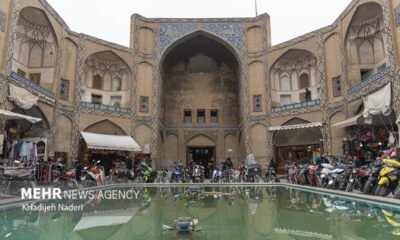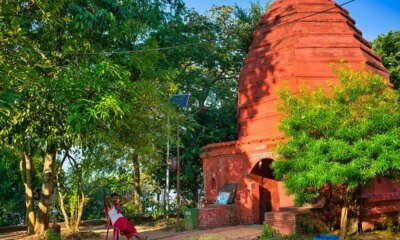Spiritual Travel
Reels Meet Ritual: Why is Gen Z Heading for Char Dham
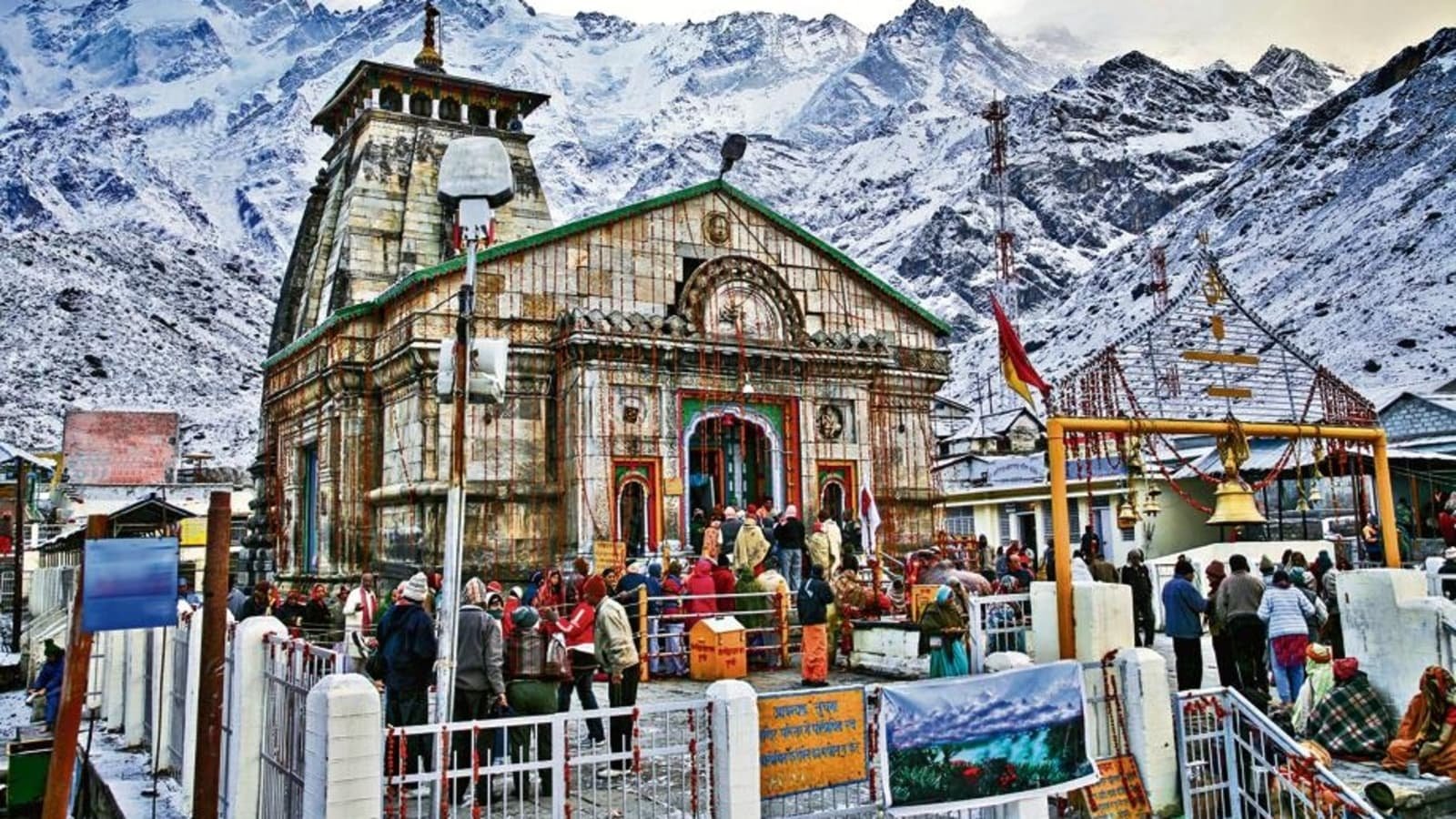
Once seen as a journey for the devout elderly, the Char Dham Yatra — a pilgrimage to the sacred shrines of Yamunotri, Gangotri, Kedarnath and Badrinath in Uttarakhand — is now experiencing a youthquake. This year, the Yatra kicks off on April 30 (today), with Yamunotri and Gangotri opening on Akshaya Tritiya, followed by Kedarnath on May 2 and Badrinath on May 4.
Millennials and Gen Z travellers are swapping party trails for pilgrimage paths, trading digital burnout for spiritual reset — and yes, they’re taking their ring lights with them.
A new wave of pilgrims
Call it wanderlust with a soul. The shift in travel motivations is being fuelled by better infrastructure, social media storytelling and a yearning for something deeper than selfies. According to IXIGO, a significant 50% of Kumbh Mela attendees in 2025 were under 30 — 26% of them between 20 and 25 — indicating a growing interest in spirituality among younger Indians.
For Vedansh Khuranna, 24, a Chandigarh-based analyst heading to Kedarnath this season, the pilgrimage is personal: “There’s a pull I can’t explain. It’s not just religious — it’s personal. My friends and I have planned the trek to Kedarnath, and we’re excited about documenting every bit of it, but more than that, we’re looking forward to disconnecting from city chaos and just being in those mountains.”
Government push
With Gen Z pilgrims packing smartwatches and DSLRs, the government has responded by upgrading Char Dham’s backbone infrastructure. Under the PRASHAD scheme (Pilgrimage Rejuvenation and Spiritual Heritage Augmentation Drive), over ₹1,600 crore has been pumped into developing roads, rest stops, and clean facilities.
One major leap: the 12.9-km ropeway from Sonprayag to Kedarnath, recently approved, which will convert a demanding 6-7 hour trek into a breezy 36-minute ride. Pilgrims can now choose between toil and aerial tranquillity.
“We’ve seen a 35% rise in Char Dham searches compared to last year,” confirms Rajeev Kale, president, Thomas Cook: “Our curated aerial darshan packages are designed to offer a faster, yet still meaningful, experience for modern travellers.” Add to that boutique Airbnbs, luxury tents and WiFi-enabled cafés along the route, and you’ve got a pilgrimage that’s both serene and Instagram-ready.
Hashtag: Holy vibes only
Social media is fuelling this spiritual travel wave, with creators like Abhinav Chandel sharing real-time updates from their Char Dham journeys. En route to Kedarnath, Chandel says, “Young travellers are drawn to experiences that feel both meaningful and manageable. Helicopter darshans, clean food options, and well-marked trails make it easier — and more appealing.”
He recently shared on his social media about his visit to Ukhimath, the winter seat of Lord Kedarnath, where he attended the Bhairav Pooja at Omkareshwar Temple and witnessed the Nandikolu dance performed with poles symbolising Nandi.
Others, like Vansh Gaur, a Delhi-based trip coordinator, prefer to keep it low-key. “When I went to Kedarnath last year, I wasn’t thinking about reels or temple checklists. I just wanted to feel the vibe — the chants, the effort the mountains.”
Luxe in the lap of the lord
From boutique homestays in Joshimath to eco-cafés in Guptkashi, spirituality now comes with creature comforts. “Spiritual travel is now a year-round preference,” says SD Nandakumar, president at SOTC Travel, adding, “Young travellers from tier 2 and 3 cities are not only spending more — they’re staying longer. The demand is no longer just for darshan — it’s for immersive, well-rounded journeys.” Still, not everyone is on board with the bells and whistles.
“I’d not prefer much of these advancements like ropeways or luxury stays in spiritual places,” says Vansh, adding, “It attracts crowds that are just there for show.” His sentiment reflects a divide among young pilgrims — those who seek meaning and those chasing moments. Perhaps Char Dham is now a little bit of both.
Spiritual Travel
Bilaspur Set to Transform into Himachal’s Ultimate Adventure and Spiritual Hub
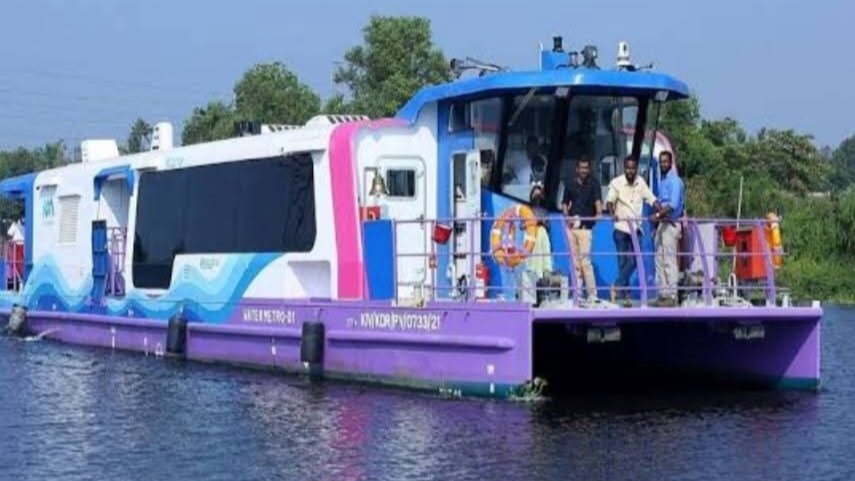
Move over, Manali and Shimla! Bilaspur is gearing up to become the state’s next big tourism hotspot, blending adrenaline-pumping adventures with serene spiritual experiences. The district administration has rolled out ambitious plans to develop water, land, and aerial tourism, promising something for thrill-seekers, pilgrims, and nature lovers alike.
A Sky-High Attraction: The Glass Bridge
Imagine walking on a transparent bridge, suspended high above breathtaking landscapes—Bilaspur’s upcoming Glass Bridge at Bharari will do just that! Designed to rival global attractions, this engineering marvel will offer daredevils an unforgettable experience while giving tourists a reason to extend their stay. Officials confirm the blueprint is ready, and construction will kick off soon after final approvals.
Sailing Through Scenic Routes: The Water Metro
Pilgrims visiting Maa Naina Devi will soon have a faster, more scenic journey thanks to the proposed Water Metro, connecting Bhakra Ghat to Kosariya Ghat. This isn’t just about convenience—it’s about turning travel into an experience. Devotees and tourists can hop on boats, enjoy the tranquil waters, and even transport their vehicles via waterways.
Jet Skis, Kayaking & More: Water Sports at Nakrana
Bhakra Dam’s pristine waters are about to get a lot more exciting! The district is eyeing water sports like jet skiing, kayaking, and boating to attract adventure junkies. The best part? Pilgrims heading to Naina Devi can now add a splash of adventure to their spiritual trip.
Bharari – The New Stopover Destination
Strategically located near Shimla, Manali, and Dharamshala, Bharari will soon feature modern tourist hubs with food plazas, parking, rest areas, and info centers. No more cramped pit stops—just smooth, comfortable breaks for travelers.
Listening to Locals: Boaters Get a Voice
Deputy Commissioner Rahul Kumar made sure local boat operators were heard during inspections, promising quick fixes to their concerns. This people-first approach ensures tourism growth benefits everyone.
Bilaspur’s transformation isn’t just about flashy infrastructure—it’s about jobs for youth, better travel experiences, and putting this hidden gem on India’s tourism radar. With projects set to launch soon, the district is poised to become a must-visit for those seeking adventure, spirituality, and untouched natural beauty.
Spiritual Travel
Shiva Tribe Debuts in Gurgaon’s Tikli-Raiseena: IMPC’s Bold Step to Merge Spirituality, Rural Tourism, and Modern Family Wellness
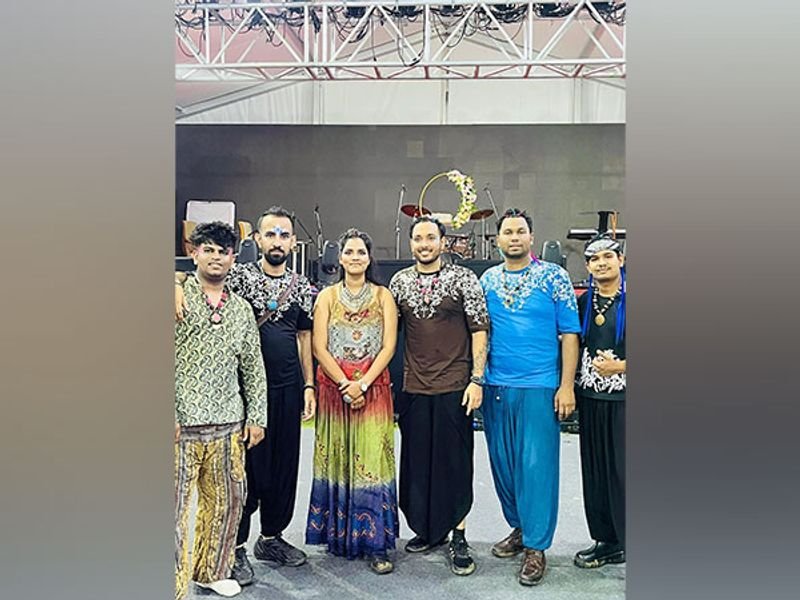
VMPL
New Delhi [India], August 4: In the lush rural landscape of Tikli-Raiseena near Gurgaon, a new chapter in India’s spiritual and rural tourism ecosystem quietly unfolded. The International Mandir Prabandhak Committee (IMPC) launched its ambitious spiritual wellness initiative–Shiva Tribe–an experience-driven, immersive space designed to reconnect Gen Z and modern families with India’s timeless spiritual roots.
Set against the tranquil backdrop of Haryana’s Aravalli fringes, Shiva Tribe is more than a mandir–it is a curated journey of self-discovery, holistic wellness, and cultural revival, seamlessly merging ancient wisdom with modern aspirations. The inaugural three-day Pran Pratishtha Mahotsav was held in July, graced by spiritual luminaries including Pujya Shri Sudhanshu Ji Maharaj, Pujya Shri Dayanand Ji Maharaj, and dignitaries such as Haryana’s former Minister Shri Om Prakash Dhankar. Business leaders, rural development advocates, and spiritual patrons attended in significant numbers–signaling a rising interest in faith-based tourism models.
Spiritual Tourism: India’s Growing Wellness Sector
India’s spiritual tourism market is undergoing a silent revolution. According to the Ministry of Tourism, the wellness and spiritual tourism segment is projected to reach USD 30 billion by 2028, growing at a CAGR of over 10%. With over 330 million domestic religious tourists recorded annually and rising international interest in authentic Indian experiences, initiatives like Shiva Tribe have the potential to create high-value, low-impact tourism models in rural belts–generating employment, fostering entrepreneurship, and revitalizing local economies.
“In today’s fragmented lifestyle, families are searching for meaningful escapes–not just vacations. Shiva Tribe is that sacred pause–a place to reconnect, reflect, and realign, together,” said Dr. Preet Sandhuu, mentor of the project and a key voice in India’s contemporary spiritual movement.
A New Blueprint: Spirituality Meets Community Living
Unlike traditional spiritual centers, Shiva Tribe offers a complete spiritual-eco retreat–including weekend live devotional music by its in-house ‘Shiva Tribe Band’, yoga sessions, mantra-infused meditations, Vedic rituals, and stay facilities for families. It’s a full-circle experience designed to inspire urban youth and families alike to step into a more conscious, value-driven lifestyle.
“Here, spirituality is not a sermon–it’s an experience,” said Shri MP Singh, project visionary and founder of ShivaTribe. “We want to build a network of such community-driven centers across rural India, using temple heritage as a catalyst for rural rejuvenation and youth engagement.”
Rural Regeneration Through Faith
The Tikli model aligns with India’s rural tourism policy goals by transforming underexplored rural regions into mindful tourism destinations. With over 60% of India’s population residing in villages, initiatives like this leverage India’s spiritual capital to promote rural entrepreneurship, handicrafts, organic farming, and ecotourism–creating a sustainable rural economy rooted in culture and community.
IMPC’s Broader Mission
The International Mandir Prabandhak Committee (IMPC), known for initiatives like the Mahasangam Yatra, Trisul Yatra and Shiv-Shakti Kendras, is rapidly becoming a bridge between India’s ancient temple traditions and its digital future. Its work focuses on temple modernization, spiritual leadership development, and community revival–backed by collaborations with scholars, saints, and civic leaders.
By anchoring the Shiva Tribe initiative in Tikli, IMPC demonstrates how faith-based community models can attract tourism, foster economic inclusion, and support national goals like ‘Viksit Bharat’ and ‘Digital Bharat’.
Shared by
(ADVERTORIAL DISCLAIMER: The above press release has been provided by VMPL. ANI will not be responsible in any way for the content of the same)
(This content is sourced from a syndicated feed and is published as received. The Tribune assumes no responsibility or liability for its accuracy, completeness, or content.)
Spiritual Travel
10 oldest temple towns in India for spiritual getaways – The Times of India
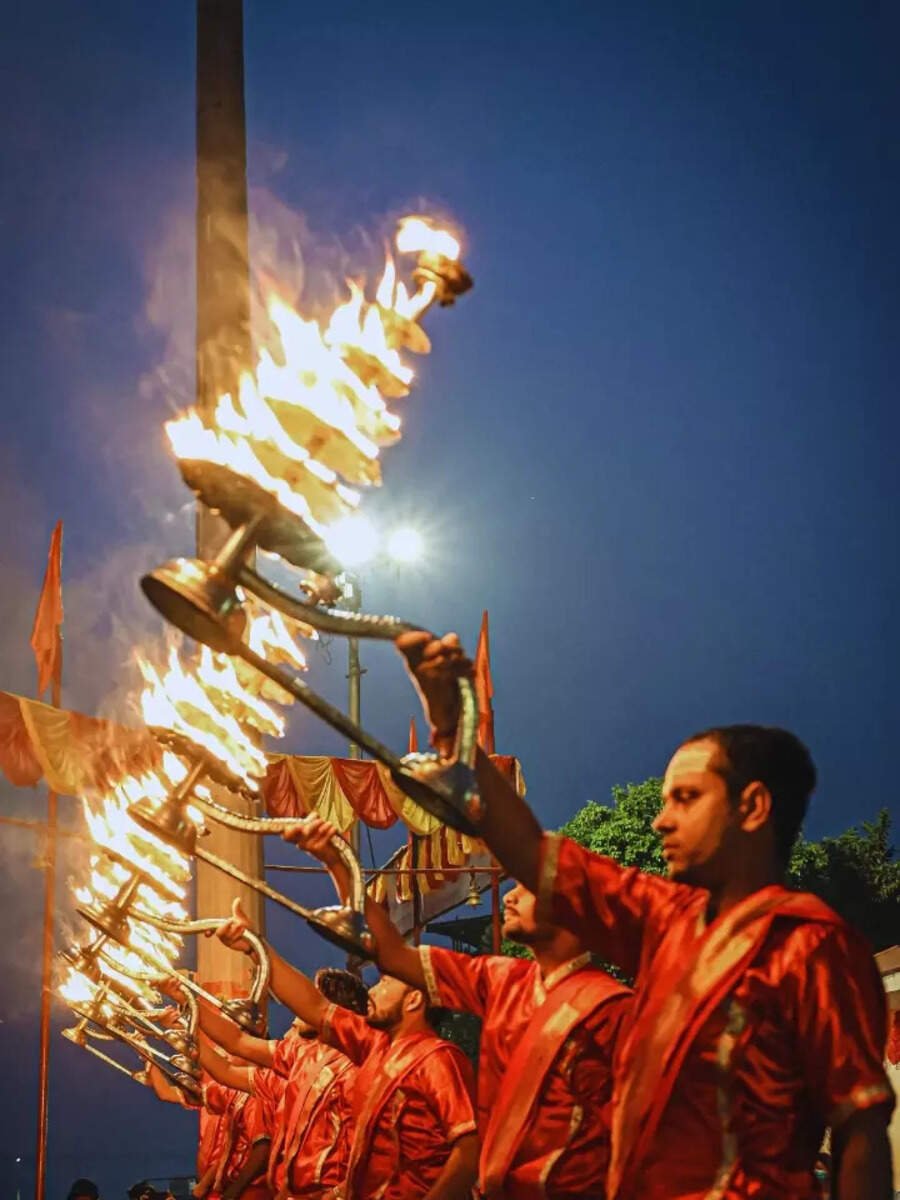
10 oldest temple towns in India for spiritual getaways The Times of India
Source link
-

 Brand Stories2 weeks ago
Brand Stories2 weeks agoBloom Hotels: A Modern Vision of Hospitality Redefining Travel
-

 Brand Stories1 week ago
Brand Stories1 week agoCheQin.ai sets a new standard for hotel booking with its AI capabilities: empowering travellers to bargain, choose the best, and book with clarity.
-

 Destinations & Things To Do2 weeks ago
Destinations & Things To Do2 weeks agoUntouched Destinations: Stunning Hidden Gems You Must Visit
-

 Destinations & Things To Do1 week ago
Destinations & Things To Do1 week agoThis Hidden Beach in India Glows at Night-But Only in One Secret Season
-

 AI in Travel2 weeks ago
AI in Travel2 weeks agoAI Travel Revolution: Must-Have Guide to the Best Experience
-

 Brand Stories1 month ago
Brand Stories1 month agoVoice AI Startup ElevenLabs Plans to Add Hubs Around the World
-

 Brand Stories3 weeks ago
Brand Stories3 weeks agoHow Elon Musk’s rogue Grok chatbot became a cautionary AI tale
-

 Asia Travel Pulse1 month ago
Asia Travel Pulse1 month agoLooking For Adventure In Asia? Here Are 7 Epic Destinations You Need To Experience At Least Once – Zee News
-

 AI in Travel1 month ago
AI in Travel1 month ago‘Will AI take my job?’ A trip to a Beijing fortune-telling bar to see what lies ahead | China
-

 Brand Stories2 weeks ago
Brand Stories2 weeks agoContactless Hospitality: Why Remote Management Technology Is Key to Seamless Guest Experiences



